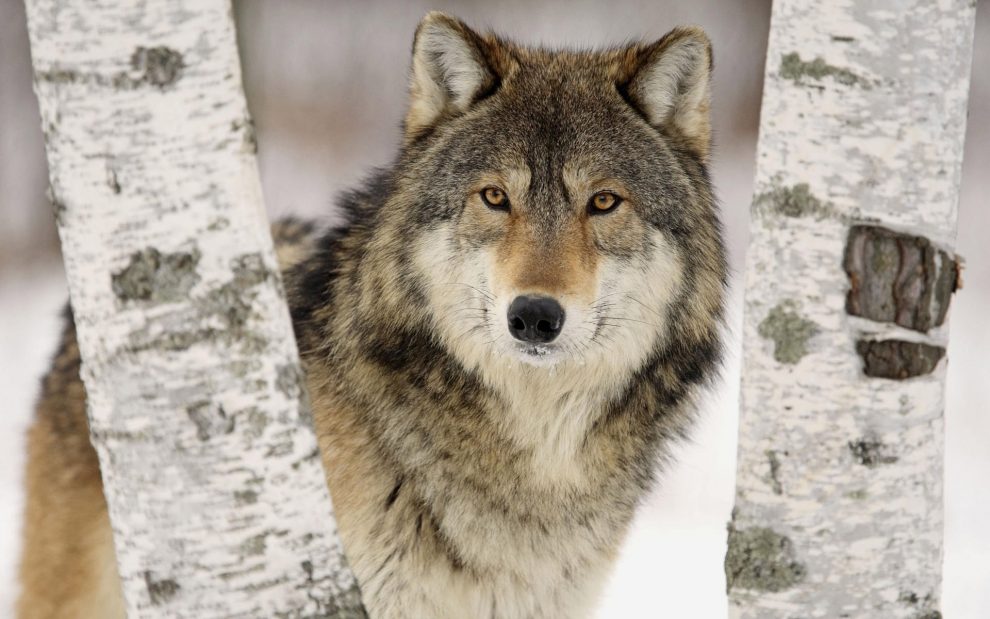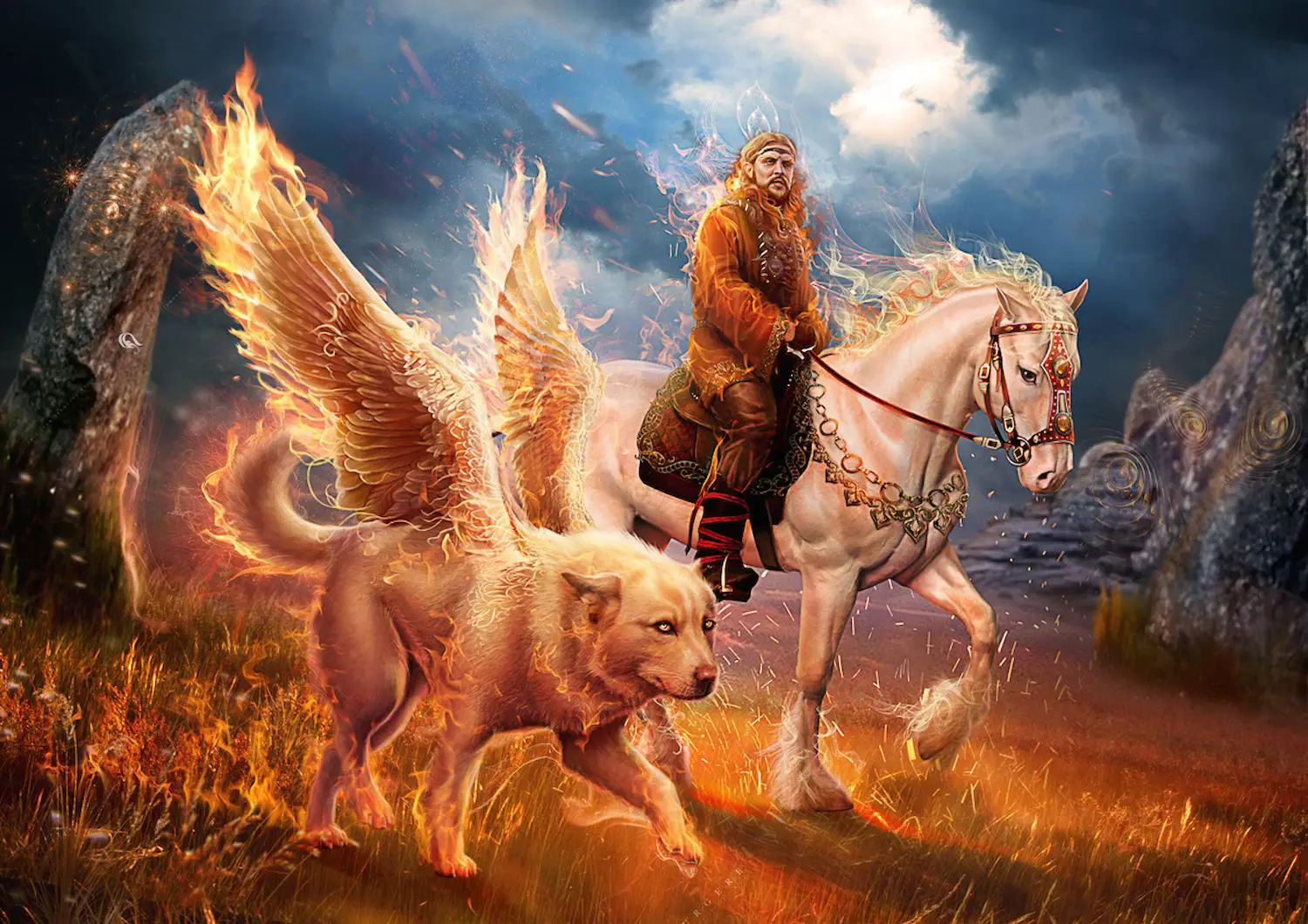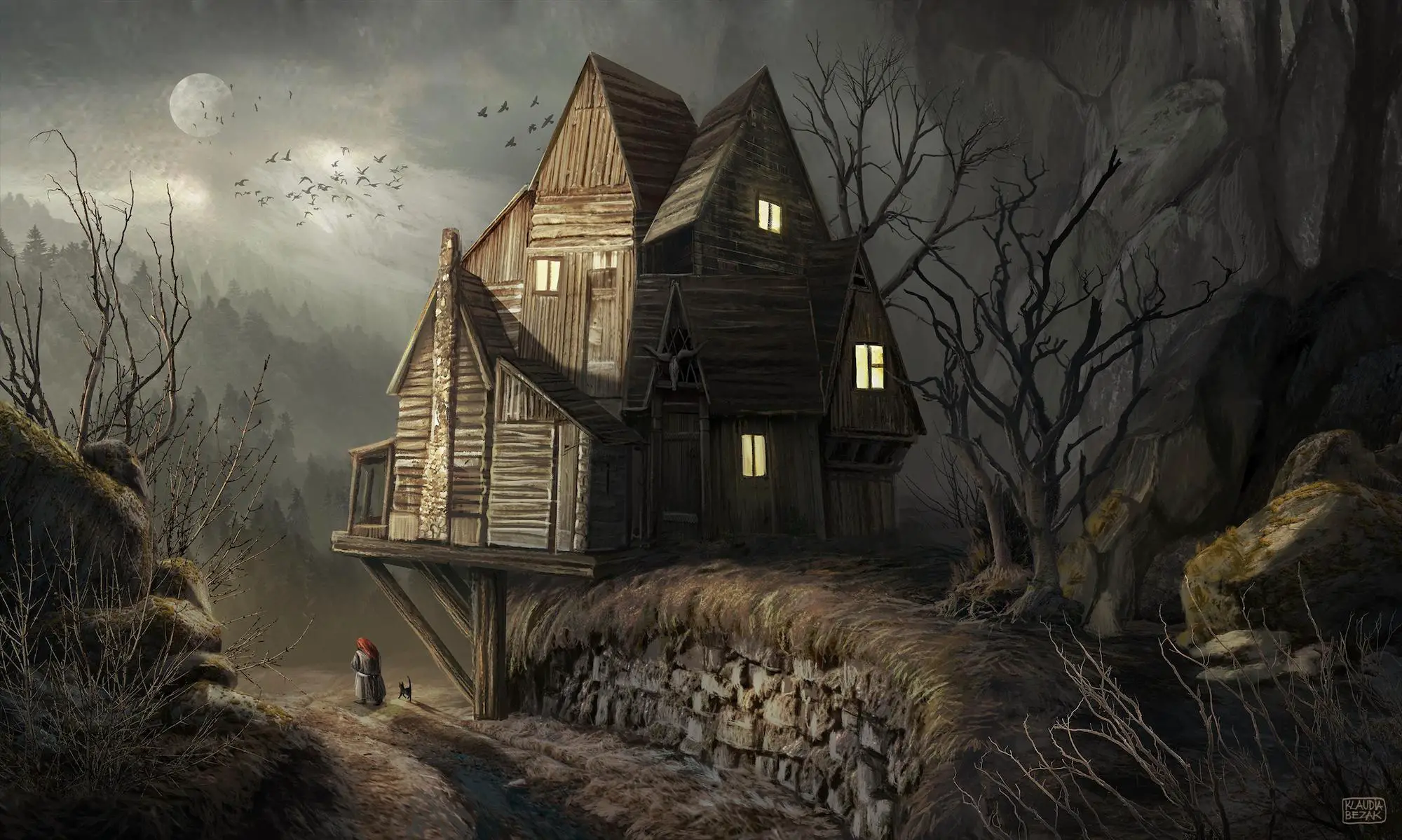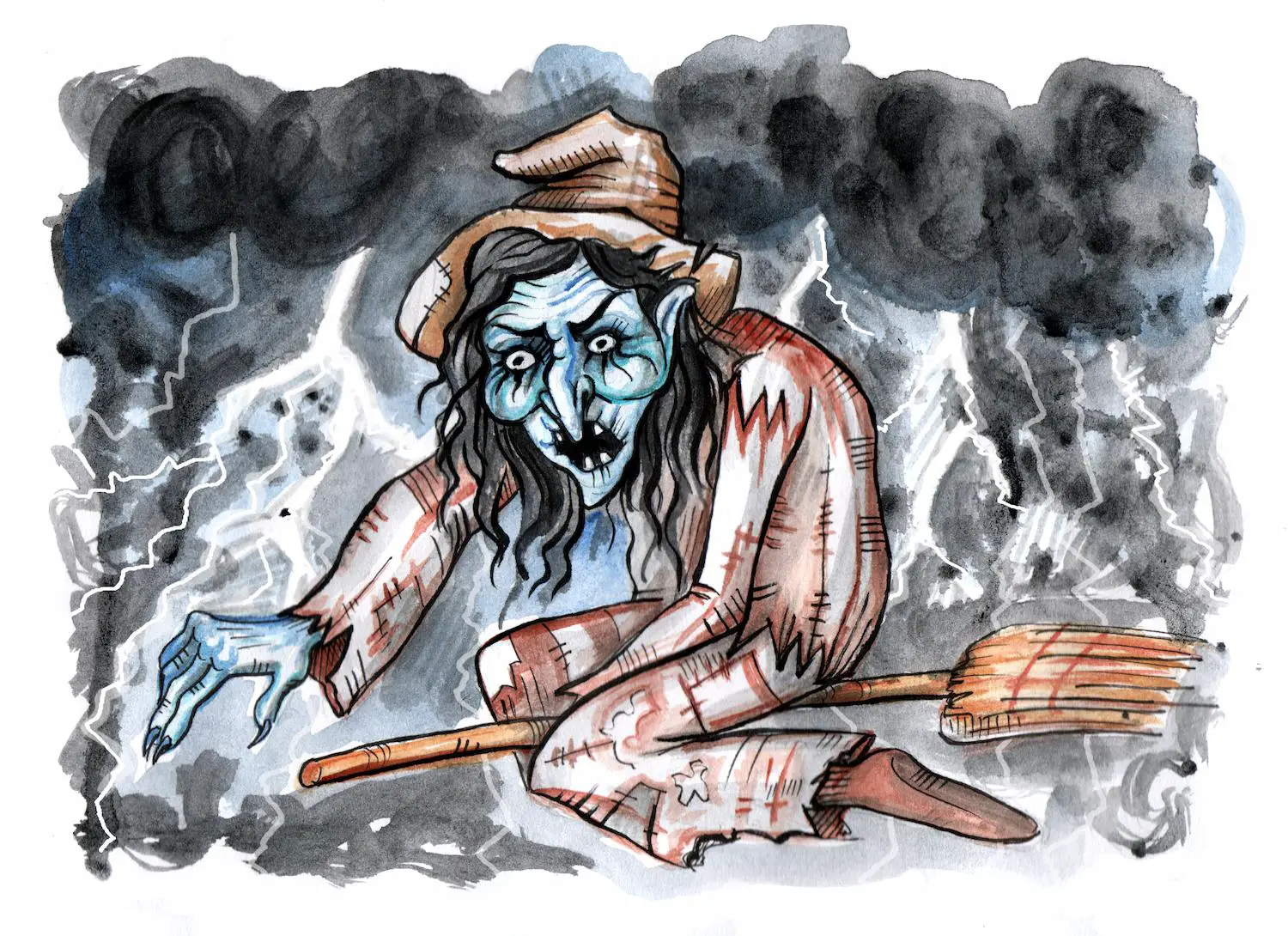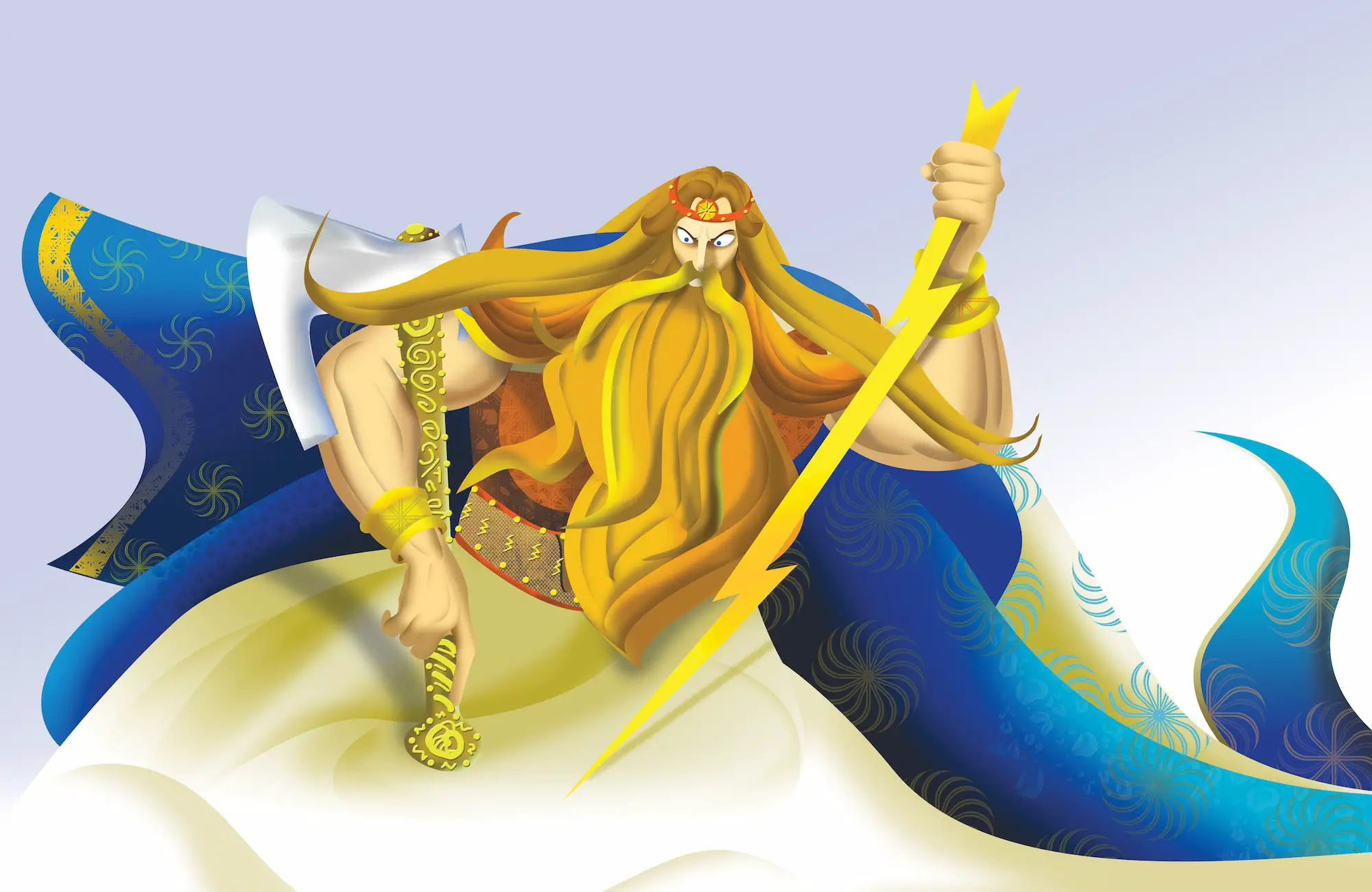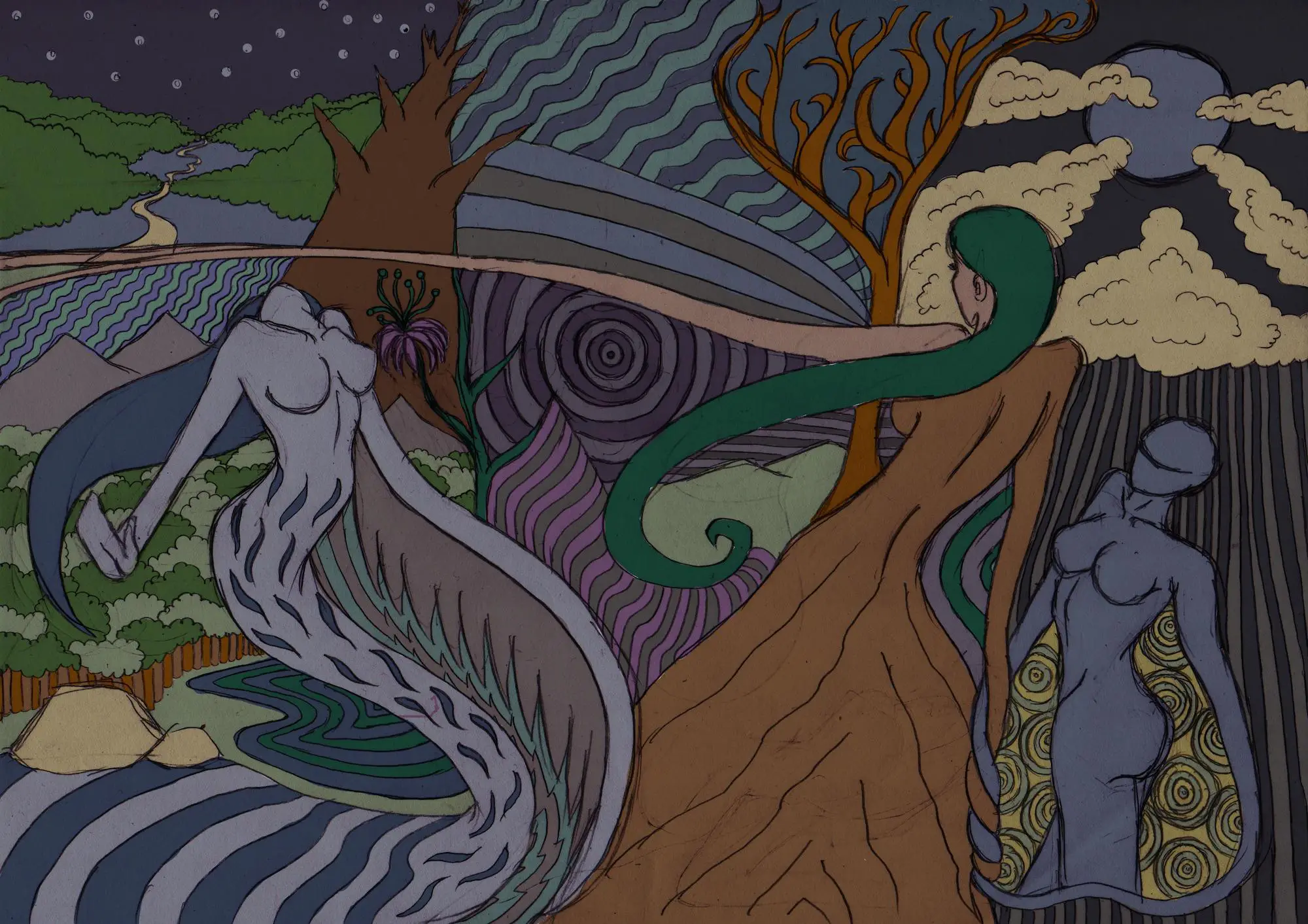People on the territories of Eurasia and North America have always had spirit animals in the wide array of legends, stories and myths. Bears, hares, foxes and wolves are the most common animals that have been long present in the culture in these territories.
The wolf is a mutual motif in the mythologies and cosmologies of both Eurasia and North America, consequently to the historical development of the gray wolf’s habitat.
This predator power animal is mainly associated with greatness, self-confidence, strong instincts and bravery but also danger and destruction. These characteristics, however, can be prescribed to a double-barreled symbol of a warrior and a devil at the same time.
The wolf as a spirit animal is a significant symbol in the cultures and religions of nomadic people, including those of the Eurasian steppe and the ones from the North American Plains.
Table of Contents
Wolf as Totem Animal in Slavic Mythology
In both European and some Native American cultures, wolves are associated with witchcraft whereas, in Slavic culture and mythology, this animal is described as a “werewolf” or “vuko-dlak” (a common term in the Slavic languages) that refers to the fur of the wolf.
The ancient Slavic people considered the wolf a totem animal. It is important mentioning that the rise of this totem took place in the period before the 8th century with the spread of the Slavic paganism or Slavic religion which describes the religious practices, beliefs, myths and customs of the Slavs before the period of Christianization that occurred between the 8th and 13th century.
Slavic people has their own totem poles known as “balwan” or wooden block. The word balwan describes a statue or a totem, The balwans were built as expressions of honor for the deities and later they became representations of the tribe, its territory and the heroes.
When the Slavic people were still organized in tribes, they would build totem poles as a symbol of their clan. Each Slavic tribe had a totem animal that was highly appreciated as it was considered sacred and it was never eaten nor killed but praised during ceremonies and festivities.
Most of the clans were named after the animal spirit guide and each tribe member had its own animal- replica, so if the animal died it was considered forecasting of that person’s death.
As a Slavic totem animal, the wolf was one of the staple animal figures in the folklore as well as in the mythology. The Slavs used it mainly in their rituals that were performed for the protection of their people, good health, and prosperity but also in the so-called ethereal (astral) projections and rituals performed in the honor of their ancestors.
During the early Christian period, eating wolf meat was banned as it was said and believed that a person would become a werewolf if they ate it. The wolf was also considered as a “stray character” that couldn’t live together with people.
Early Christians considered it a dog of the devil that lived hidden in the dark forests with his pack of wolves. Nevertheless, during the pagan times. the wolf was also associated to the god Veles who symbolized wild nature. The villagers respected and feared the wolves so they would often bring sacrifice to Veles.
The Balkan and, more specifically the Serbian mythology and cults have the closest link to the wolf as a mythological creature. The old Serbian mythology and religion used its totem and it was also a symbol of fearlessness in the Serbian epic poetry.
In the 19th century, the Serbian philologist and ethnographer explained the traditional use of the name Vuk – a woman with several child losses would name her newborn son Vuk because it was believed that their child will be protected by “the witches who ate their babies”.
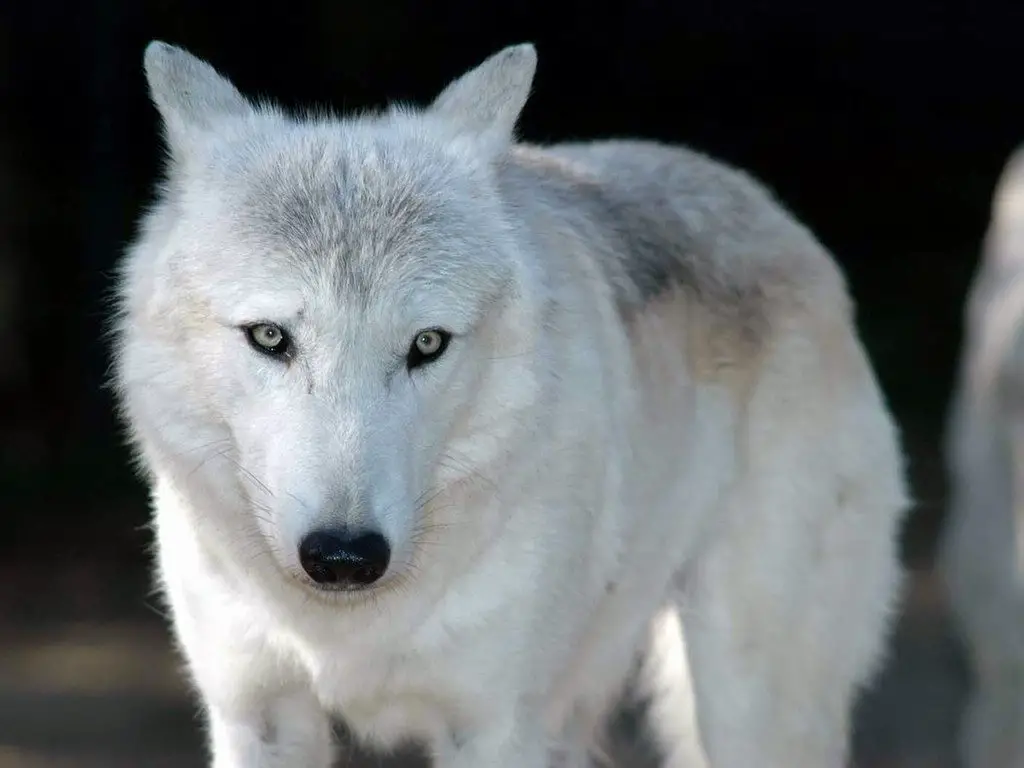
Wolf and Slavic Deities
Broadly speaking, the historical records of Slavic mythology mention the deity Dažbog that has been concluded as related to the wolf.
Dažbog is the God of the Sun and the son of Svarog and his earthy, animal form is a white wolf. In order not to have this color misunderstood and related to the polar wolf, which certainly would odd as a reference, ethnographers explain that the color of the wolf’s fur refers to the chthonic aspect of Dažbog, i.e. related to the underworld.
Dažbog is described as the God of the Underworld and, moreover, in the European folklore, the white animals are creatures that bridge this world with the spirit world so the chronic deity has an animal form with a white-colored fur.
Another feature of the chthonic aspect of this animal is its connection to the dark powers and the demons that is mainly reflected through the relation between the wolf and the Moon.
In this respect, the wolf is matched with the Moon on a planetary level while on the psychological level, it is considered that the wolf is directly connected to the world and layers of the unconscious.
According to some theories and assumptions, the Moon was the “somber spirit”, so the lunar animal, i.e. the wolf had all the characteristics that were associated with demons, evil, disease, blood, killings, the impulsive and malevolent events.
The wolf is mainly connected to the waning moon which marked the period when the so-called “dark forces” would be in their peak. The Bulgarian and the Russian folklore also describe the wolf as an animal connected to impulsive and unconscious forces.
In the Ukrainian folklore, there is another deity called Horz, God of the Moon and the Rising Sun, that is related to the wolf.
According to the Ukrainian myth, there was a prince who turned werewolf at night and ran from Kiev to Crimea, traveling with great speed, i.e. “wolf sprint”. The prince wanted to arrive before Horz and before the sun comes up in order to prevent to return to his human form when the sun rays appear.
In addition, the Ukrainians also associate the white wolf with Lesovik. This was a forest spirit that used to be the god of the forests, also known as “the wolf’s shepherd”.
The wolf spirit and the wolf totem are quite dominant in the mythological remnants of the Serbian culture. The Serbs worshipped Dažbog during antiquity but when Christianity began. the patron saint of the Serbs, Saint Sava was presented with a number of characteristics that were similar to those of Dažbog , including his wolf-like features.
The wolf as a spirit animal was present even in the later Serbian traditions and ceremonies that include lullabies for children that refer to the wolf as an old ancestor or the possession of wolf’s jaws in the home of a newborn in order to protect it from evil and diseases.
Different types of charms would be also used as a defense against malevolent demons, made of claws, hairs, teeth, and jaws. Wearing the wolf’s fur was considered as an effective way to fight away the demonic forces.
The wolf’s cult in the religious lives of the ancient Slavs has thrived through some of today’s practices. In Serbia, there is a winter holiday that is dedicated to the wolf, called Mratinci but also the festival of the country’s patron saint- Saint Sava which holds Dažbog’s characteristics.
Wolf as Spirit Animal
The personal name Vuk (in English Wolf) was and still is commonly given to newborns and it is believed that the child who would bear the name of this spirit animal will be protected from all the evils. The different variations of Vuk are Vuk, Vukašin and Vukan as male names and females names like Vu?ica and Vukica, Also the surnames like Vu?i?, Vujoševi?, Vukadinovi?, Vujovi?, Vukeli?, Vu?eli?, which all have the same reference in their origin.
In the past, the villagers on the territory of Montenegro and Serbia prepared and offered sacrifices in order to protect themselves from the wolves which caused great damages if they would attack their cattle.
The sacrifice was called “wolf’s supper” and it was always brought by a young family member, preferably a child, who would leave the food and run home without looking back. In Bulgaria, on the other hand, the women don’t weave wool or do any handwork during the “lupine holiday” in order to protect the livestock from the wolves as suggested by the ancient belief.
When it comes to the ancient traditional beliefs that include the wolf as a central figure, there is one among all the Slavic people in the Balkans- the wolf mustn’t be mentioned during the lupine holiday as it is considered bad luck for the year’s prosperity of both the people and the cattle.
Above all, the wolf mustn’t be mentioned in the nighttime, therefore, other names such as “the wild one”, “wilderness”, “the unmentionable” etc. were used.
Another protection ritual was the making of familial relationship with the wolf, also known as “kumljenje” (in Serbian the word “kum”/ “kuma” means best man/ maiden of honor/ godparent). If a man became the godparent of a wolf this would protect him in the future because the wolves never harmed those in their close circle.







